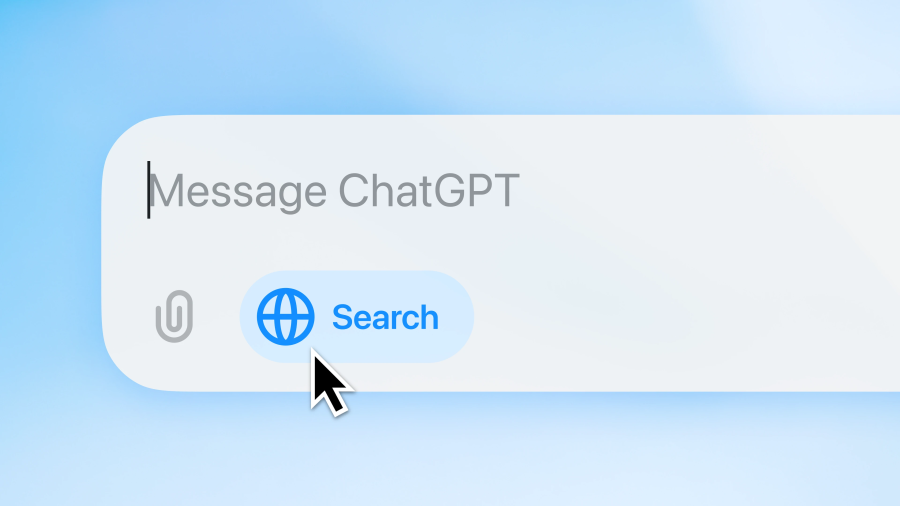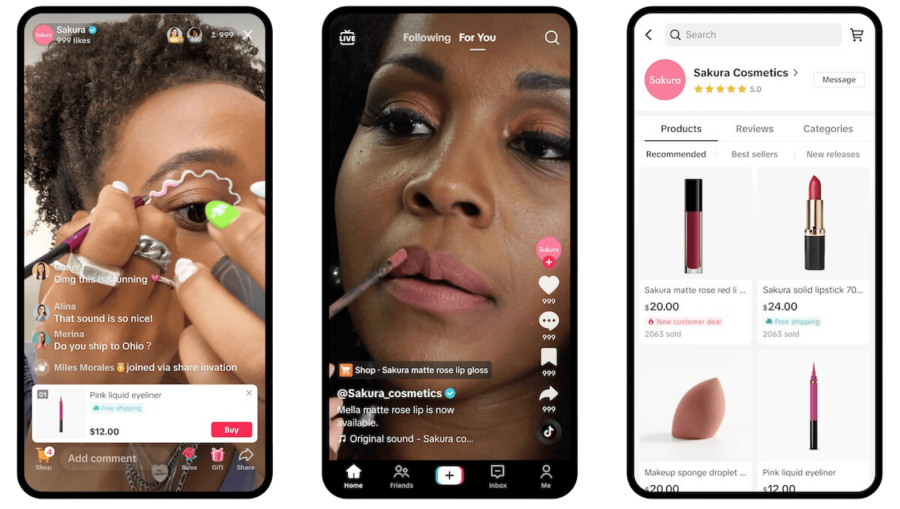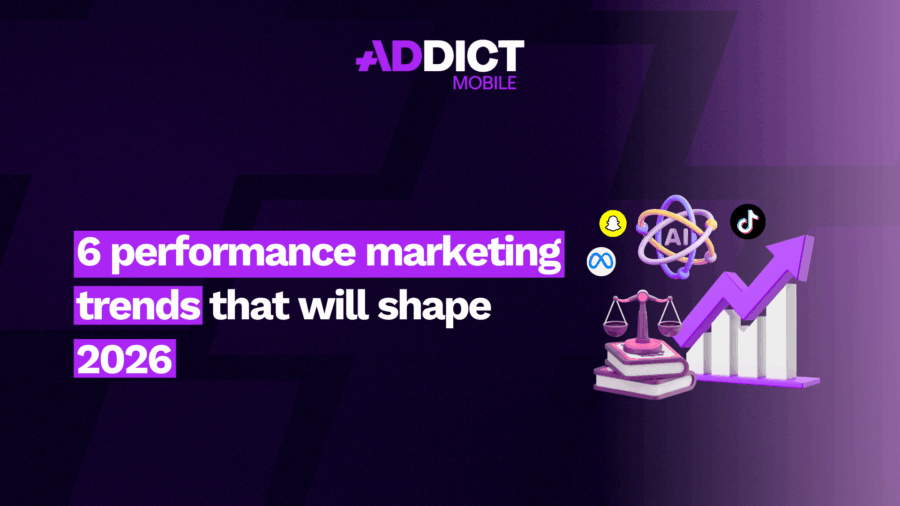6 App Marketing trends to watch in 2025

The app marketing industry is constantly evolving, and 2025 promises to bring new trends and opportunities. From emerging channels to shifting user expectations and growing privacy challenges, the opportunities are plentiful, but so are the challenges. In this article, we break down the key app marketing trends to watch to stay competitive and maximize your UA performance.
Ad-Free Gaming Experiences: A Growing Trend
Players are increasingly drawn to games without interruptions. Titles like Candy Crush set the standard by reducing in-game ads. The goal? To maximize engagement and boost in-app purchases (lives, coins, etc.) while delivering a seamless and frictionless experience.
This model is gaining traction, especially in the casual gaming sector, including hyper-casual and hybrid games, where ad-free purchases are becoming more common. By 2025, this approach could become the norm, with a stronger emphasis on retention and in-app purchases rather than intrusive ads that disrupt immersion.
ChatGPT Search: A Revolution in Mobile Search
ChatGPT Search is poised to disrupt mobile search by combining conversational AI with contextual search capabilities. This shift could redefine traditional search engine usage, such as Google, by delivering more personalized and relevant answers.

By 2025, this evolution will unlock new opportunities for mobile advertisers, particularly in app visibility. Users will discover apps more easily through AI-driven suggestions, fundamentally altering discovery dynamics. To capitalize on this trend, advertisers will need to optimize their apps for conversational search, incorporate contextual keywords, and adapt their promotion strategies to stand out in this new search landscape.
Alternative App Stores: A Continued Rise
Alternative app stores like Huawei’s AppGallery, Amazon Appstore, and platforms such as iOS Aura and Digital Turbine are steadily gaining traction. This growth is partly fueled by regulations like the Digital Markets Act (DMA) in Europe, which requires tech giants to open their ecosystems to new platforms.
These stores also provide opportunities to target less saturated markets compared to traditional app stores, such as regions in Asia or Africa, where competition is less intense. While they may have a smaller user base, these platforms enable highly precise segmentation, making them ideal for reaching specific niches or targeted geographic areas. This creates a pathway for more direct and potentially cost-effective user acquisition in a less competitive environment.
However, visibility on these stores remains a challenge. Users are still deeply rooted in the iOS and Android ecosystems, making it difficult to convince them to transition.
Privacy and First-Party Data: Critical Challenges
With regulations like Privacy Sandbox and the Digital Markets Act (DMA), privacy is becoming a central focus, directly affecting data collection. These changes complicate targeting and campaign tracking. By 2025, these developments will continue to reshape user acquisition strategies for advertisers.
To navigate this new landscape, advertisers will need to adopt alternative approaches. Leveraging first-party data will be key, combined with contextual advertising and alternative identifiers. This will enable campaigns to maintain personalization while respecting user privacy.
One unanswered question remains: probabilistic attribution methods. These are vital for tracking iOS users, yet their future is uncertain. Regulatory and technical changes may significantly limit their application in the years to come.
The Rise of Social Commerce: A Game-Changer for Advertisers
Social commerce is booming with platforms like TikTok Shop, Instagram Shopping, and Facebook Marketplace enabling users to shop directly within the app. This approach reduces purchase friction and drives instant conversions in environments where users are already highly engaged.

For advertisers, this is a golden opportunity to capture attention and convert users without redirecting them outside the app. Leveraging behavioral targeting tools offered by these platforms, brands can tailor ads to specific user interests, maximizing ROI and driving impactful results.
Leveraging Owned Traffic: Independence at the Core of Strategy
Game studios like Supercell and Voodoo highlight the growing importance of leveraging owned traffic for user acquisition. Supercell, with games like Squad Busters, has demonstrated how integrating strategies based on internal traffic can optimize campaigns and reduce acquisition costs.
More companies are turning to proprietary ad networks, such as Applovin with MAX or AXION, and Voodoo with Bereal. This approach allows for greater control over campaigns by targeting users who already have a connection with the app or game. It creates an opportunity for more precise and cost-effective acquisition while maintaining full control of the process.
The trends emerging for 2025 call on advertisers to rethink their approach to user acquisition. Balancing challenges with opportunities, embracing these shifts early on will be key to staying ahead in an ever-evolving industry.
NEWS
Article in relation

Our 5 Favorite Creative Tools on TikTok
Having good creatives is essential. But what truly makes the difference is knowing where to find inspiration and how to produce more efficiently...
Published on 10 December 2025
6 performance marketing trends that will shape 2026
2026 is shaping up to be a pivotal year for performance marketing. With new growth channels emerging, AI-driven automation accelerating, evolving measurement models,...
Published on 2 December 2025
Best ASO tools to grow your app store…
– by Oriane Ineza, Content Marketing Specialist at AppTweak In an increasingly competitive app market, visibility is everything, and a solid, comprehensive set...
Published on 30 November 2025

